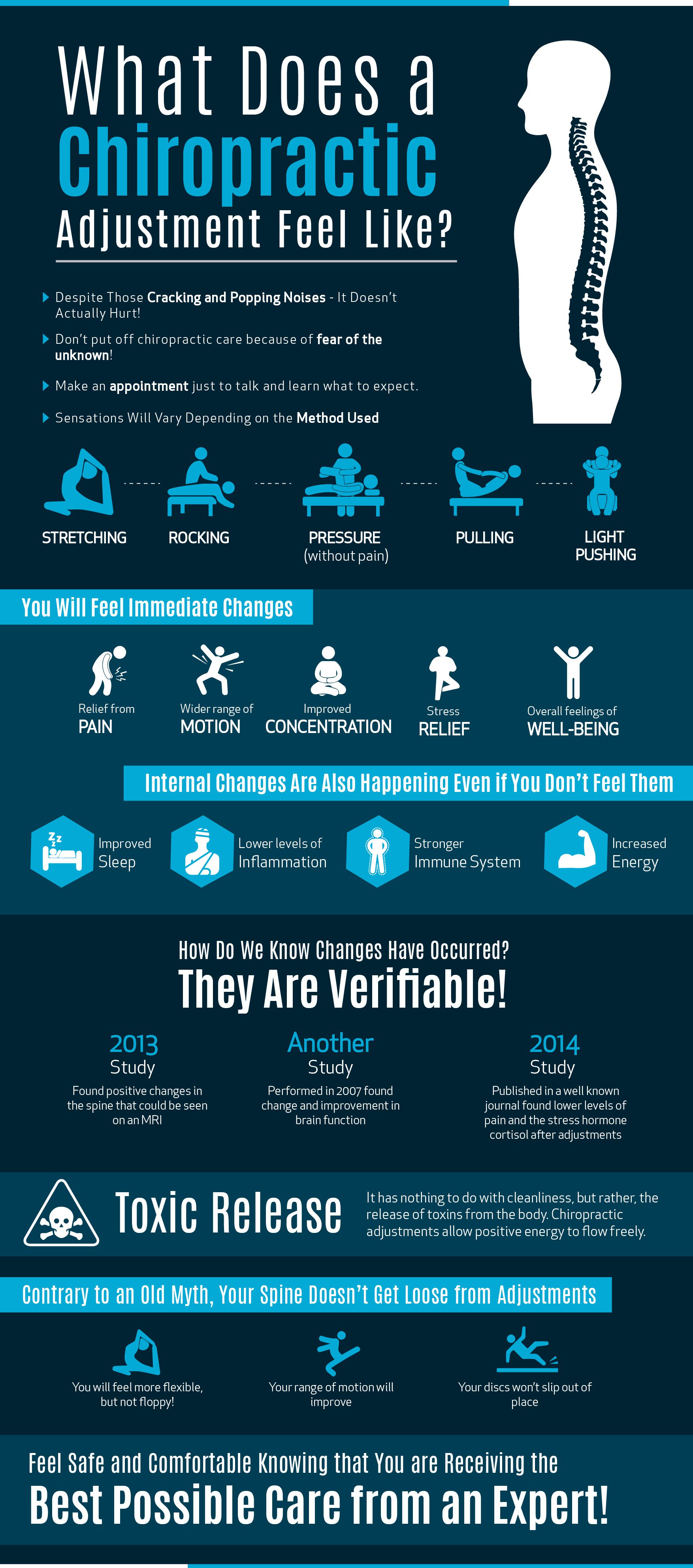The Influence Of Posture On Pain In The Back: Methods For Maintaining Appropriate Positioning Throughout Daily Activities
The Influence Of Posture On Pain In The Back: Methods For Maintaining Appropriate Positioning Throughout Daily Activities
Blog Article
Produced By-Fletcher Fox
Maintaining correct pose isn't just about staying up straight; it's about aligning your body in such a way that sustains your spine and minimizes the threat of pain in the back. The way you sit, stand, and move throughout the day can substantially affect your back health and wellness. But exactly how exactly can back pain when standing make sure good placement constantly, also throughout active days filled with numerous activities? Let's dive deeper into the refined yet impactful adjustments you can make to your everyday routine to keep your back satisfied and healthy and balanced.
Importance of Proper Stance
Correct position is vital in keeping a healthy and balanced back and stopping pain. When you rest or stand with good position, your spine is in positioning, minimizing pressure on your muscle mass, tendons, and joints. This placement permits the body to distribute weight uniformly, avoiding too much tension on particular areas that can result in discomfort and discomfort. By keeping your back appropriately lined up, you can likewise improve your breathing and food digestion, as slouching can compress body organs and limit their performance.
Furthermore, preserving good position can improve your total look and positive self-image. When you stand tall with your shoulders back and head held high, you emanate self-confidence and show up even more friendly. Great stance can likewise make you really feel more invigorated and alert, as it promotes correct blood flow and allows your muscle mass to function successfully.
Including appropriate position right into your everyday routine, whether resting at a desk, strolling, or working out, is necessary for preventing back pain and promoting general health. Remember, a tiny modification in just how you hold yourself can make a substantial difference in exactly how you feel and operate throughout the day.
Common Postural Mistakes
When it involves keeping great pose, numerous people unwittingly make common mistakes that can contribute to back pain and discomfort. Among one of the most widespread mistakes is slumping over or stooping over while resting or standing. This position places excessive pressure on the spine and can bring about muscular tissue imbalances and pain over time.
One more usual error is overarching the lower back, which can flatten the all-natural contour of the spine and trigger pain. Additionally, going across legs while resting may really feel comfy, yet it can create a discrepancy in the hips and hips, resulting in postural issues.
Utilizing a pillow that's too soft or too strong while sleeping can additionally influence your alignment and add to back pain. Finally, continuously craning your neck to take a look at displays or readjusting your setting regularly can stress the neck and shoulders. Being mindful of these typical postural mistakes can help you maintain better positioning and minimize the danger of back pain.
Tips for Correcting Alignment
To enhance your placement and lower back pain, it's vital to focus on making small adjustments throughout your daily regimen. Beginning by being mindful of your pose. When sitting, ensure your feet are flat on the floor, your back is straight, and your shoulders are kicked back. Prevent slouching or leaning to one side. Usage ergonomic chairs or paddings to support your lower back.
When standing, disperse your weight uniformly on both feet, maintain your knees somewhat bent, and tuck in your hips. Involve your core muscle mass to support your back. Take breaks to extend and walk around if you have a sedentary job. Incorporate exercises that enhance your core and back muscular tissues, such as slabs or bridges.
While resting, use a cushion that sustains the all-natural curve of your neck to maintain appropriate back alignment. Prevent sleeping on your stomach, as it can strain your neck and back. By being mindful of these suggestions and making small changes, you can progressively correct your placement and reduce pain in the back.
Conclusion
Bear in mind, preserving good position is key to stop pain in the back and promoting spine health. By being mindful of your alignment, distributing weight equally, and involving your core muscle mass, you can lower strain on your back and decrease the danger of pain and injury. Integrate apim integrative medicine , take routine breaks to extend, and strengthen your core and back muscular tissues to keep correct placement throughout the day. Your back will certainly thank you for it!
